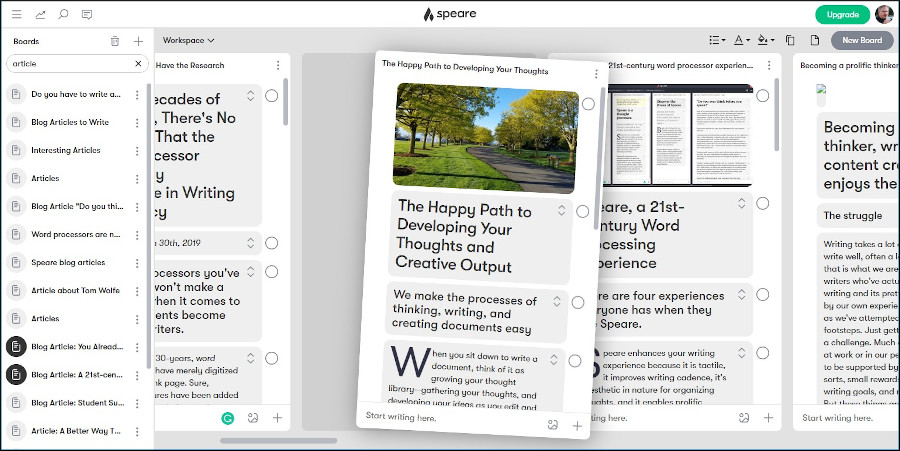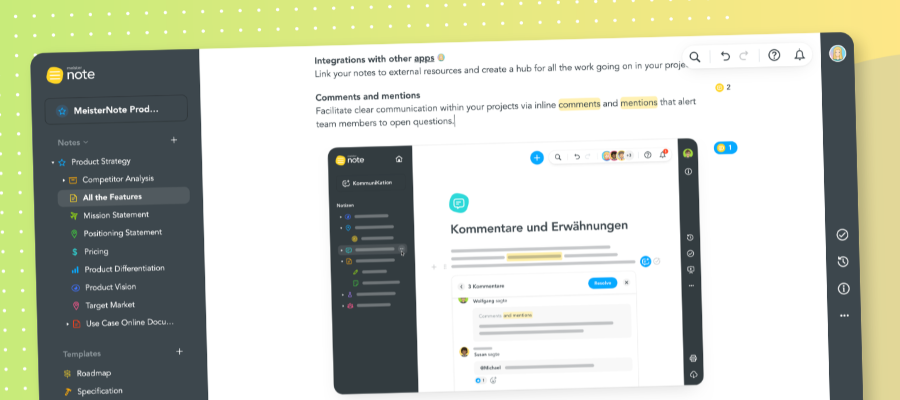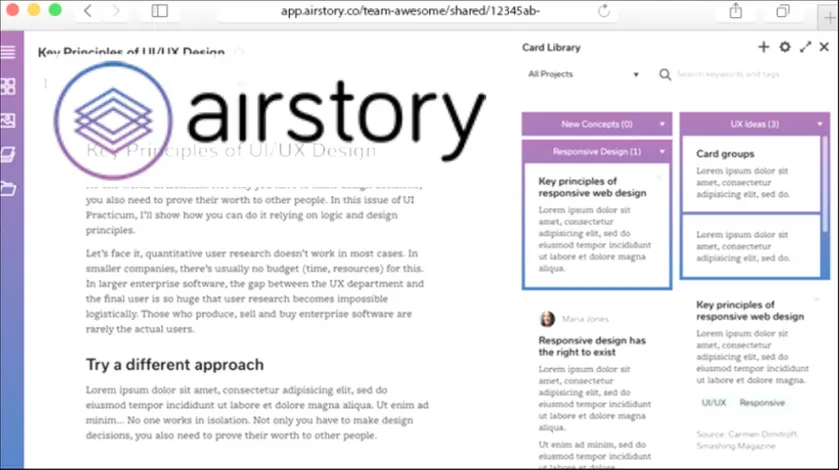
Visual writing tools are a specialized type of note-taking application that provide a more modular approach to capture your thoughts and organize them into cohesive writing. In so doing, they free your writing from the shackles of a traditional linear document.
Visual writing tools also go one step beyond popular text-focused note-taking tools like Evernote, Notion, Roam and Obsidian. They enable you to capture ideas on a free-form canvas and then organize them as needed to build you writing in much the same way as a child assembles Lego building blocks. The ability to easily experiment with the arrangement of your ideas makes it easier to see patterns – as well as discern what’s missing as you build your writing project.
Finally, visual writing tools help you make a seamless transition from building blocks to finished document. This gives you the best of both worlds – a modular interface for organizing and re-organizing ideas, but also a streamlined way to “stitch” them together into a finished document.
3 tools that bring a visual spin to writing
Here are three visual writing tools that can help you become a more effective, fluent writer:
Speare: This intriguing tool enables you to capture your notes, ideas and research, organize them and output them into finished documents quickly and easily, using a visual, building block and column format. Building blocks can be arranged into boards, side-by-side visual panes within the Speare workspace that can contain collections of blocks. They can contain your writing or collections of knowledge, notes and ideas. You can drag and drop content into boards and notes, making it ideal for gathering online research.
Speare’s intuitive drag-and-drop functionality makes it easy for you to arrange and rearrange your ideas into cohesive narratives, plans and projects. Once you’ve arranged and edited your building blocks the way you want them, you can compile them into documents in a single click.
MeisterNote: This visual documentation tool from the developers of the well-regarded MindMeister mind mapping application is designed with a slightly different use case in mind – collaborative creation of documentation for organizations. Applications include building team knowledge bases, meeting management, internal communication, project documentation
MeisterNote enables users to create rich documents, which can contain a variety of embedded media, including videos and mind maps. Like other tools of this type, it utilizes a modular or building block approach. MeisterNote enables users to add 14 different types of content to shared documents.
Airstory: This web-based tool enables writers to quickly capture online research using a Chrome browser extension. It gets captured in cards. Content from multiple sources, such as Gmail messages, images, PDFs and more, can be turned into cards, making it easy to quickly build a centralized repository of all of your findings.
Airstory then enables you to drag and drop your cards into a kanban-style, column-based workspace, and arrange them into a cohesive structure. Columns and boards can then be converted into documents in a single click. If Google Docs is your preferred medium for writing, you’re in luck. Airstory enables you to easily integrate card contents into your Docs. It can also publish your completed writing directly to a linked WordPress blog. All of the text formatting, images and other embellishments appear just as you laid them out in Airstory – very cool!
Conclusion
I’m pleased to report that there are multiple ways to write today. Gone are the days when Microsoft Word or Google Docs were your only real choices. Today’s tools bring a modular approach that can help you gather and organize research in fluid, flexible ways, organize your thinking using content “building blocks,” beat writer’s block and be a more productive and effective writer!
Visual writing tools are one of 15 categories of visual thinking tools included in the Visual Thinking Tools Roadmap.




Leave a Reply